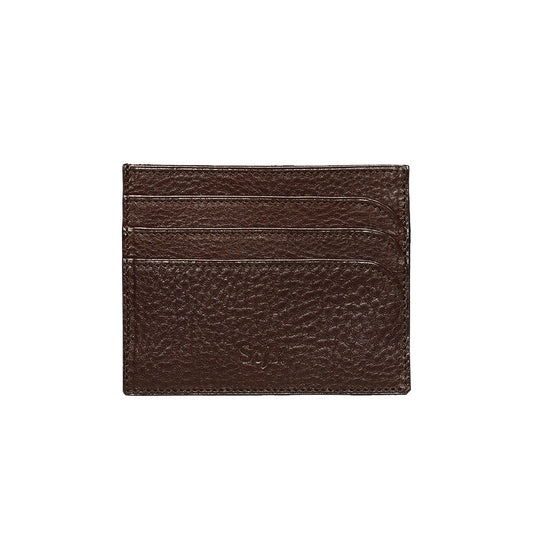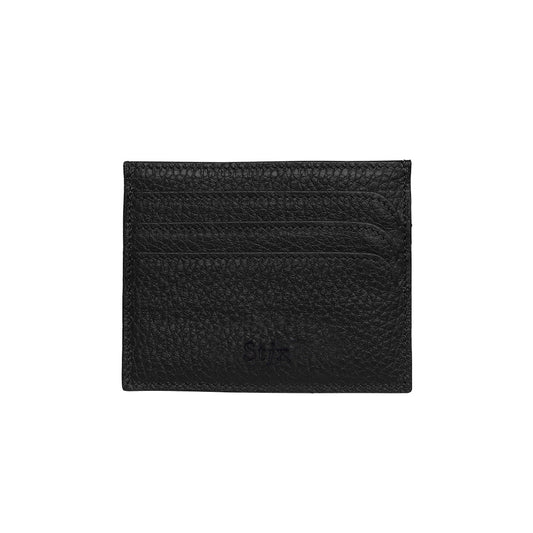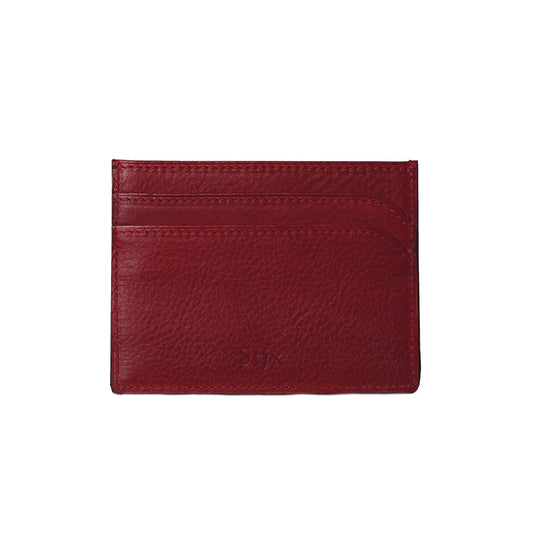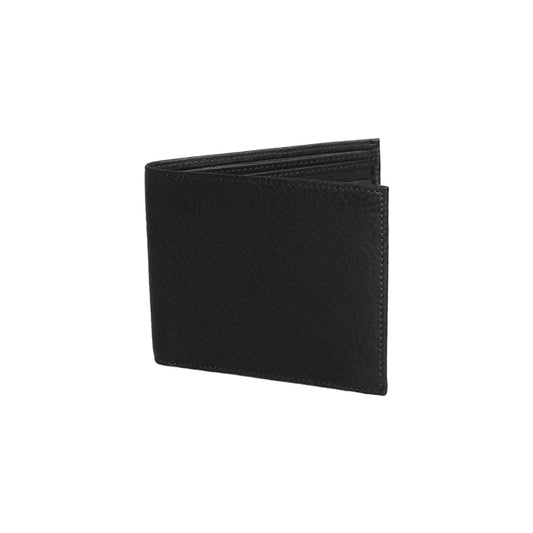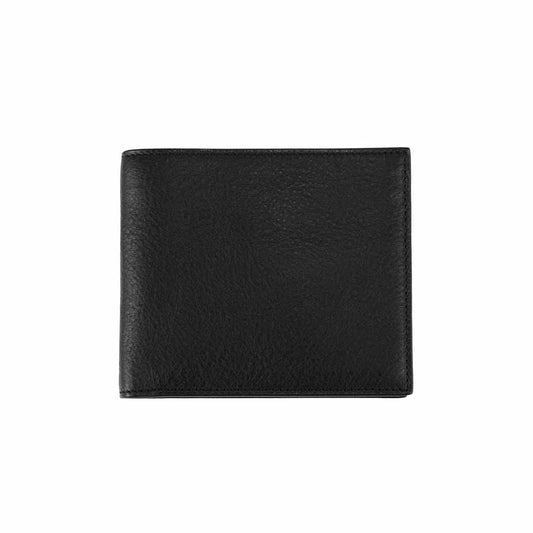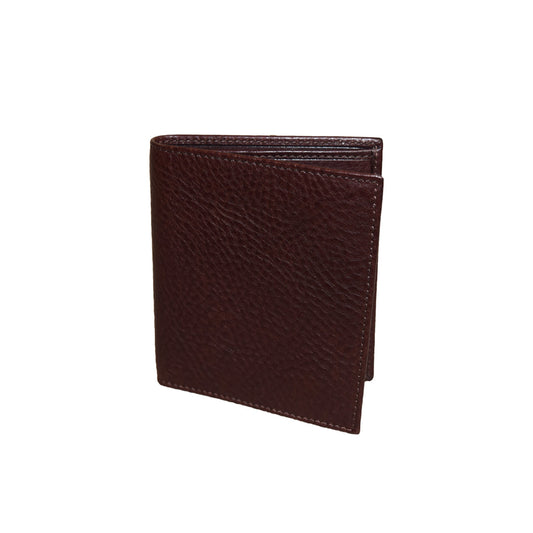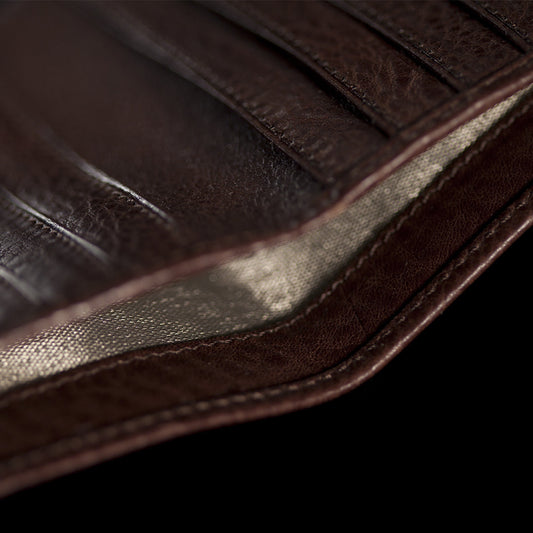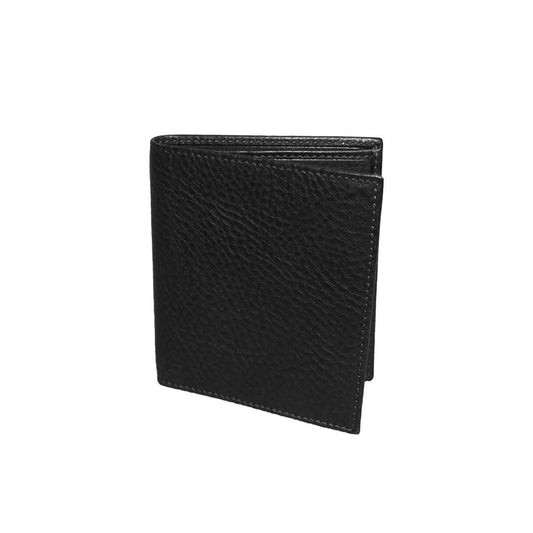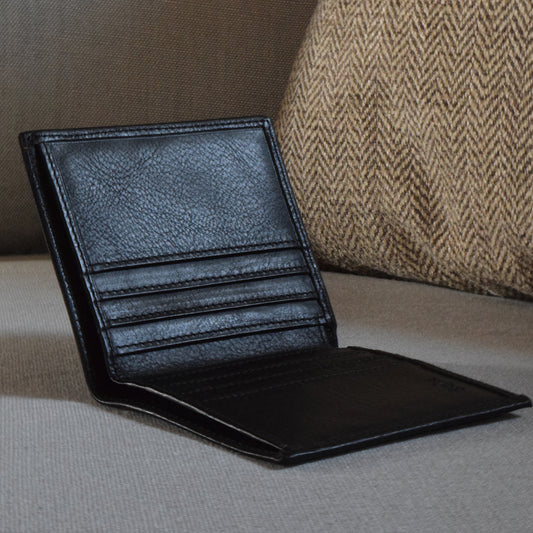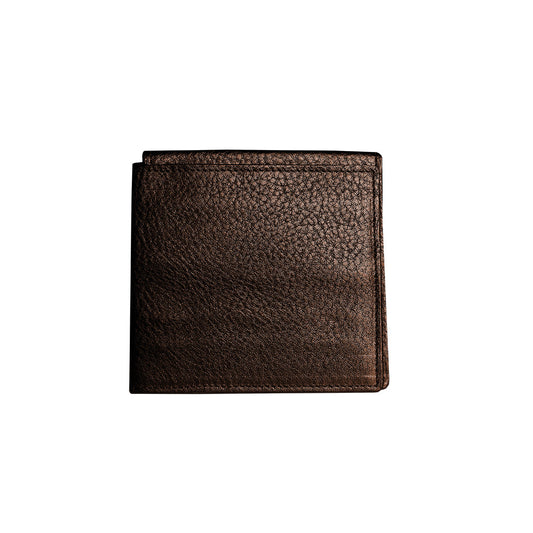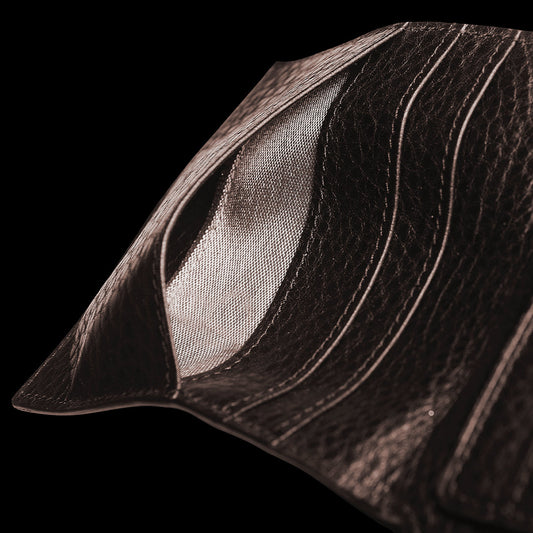Vegetable Tanning
Vegetable tanning is an artisan tradition based on the use of natural tannins extracted from trees, on modern technologies and machineries and, mainly, on the slow passing of time. Nearly 40 days are actually needed to transform raw hides into unique vegetable-tanned leathers.
The vegetable tanning process is based on the use of tannin, active ingredient responsible for the transformation of the animal hide into a compact and resistant material durable through the years. This natural substance can be found in many different trees and vegetables, in variable concentration according to the different species. It is sometimes contained in the bark, others in the leaves, in the wood or in the fruits as well as in the roots. These natural tannin extracts make the vegetable-tanned leather unique, immediately recognizable and easily distinguishable from leather tanned with other methods: also the scent of vegetable-tanned leather is something inimitable.
The vegetable tanning is still nowadays the most classical, the most traditional, the most recognizable, the only one able to give leather unique characteristics, the most natural, the most environmental-friendly. It is able to join comfort and look, fashion and tradition, uniqueness and versatility of the product.
Vegetable-tanned leather absorbs the traces of our living, it becomes older without ruining. The natural ageing does not compromise its resistance and gives it a vintage look with warm color shades showing evidence of being a natural product. No leather looks like any other, its peculiar characteristics offer a wide range of possible interpretations in shape and design. Designers can find a material able to add value to a project of fashion, consumers can find a product overcoming fashion and trends and gaining value with the passing of time.
Vegetable tanning means materials safeguarding human health, result of the combination between craftsmanship and up-to-date technology, tradition and new research, always following the principle of a continuous improvement.
Vegetable-tanned leather productive cycle is strictly monitored to ensure a low impact on the environment:
- No animal is killed for its skin. On the contrary, the raw hides used by our tanneries are the discarded by-products of the food industry producing meat for human consumption.
- Being tanned with natural tannins, a vegetable-tanned manufact can be easily recycled at the end of its life, thanks to its chemical-biological characteristics.
- Our tanneries have made huge investments in depuration systems and waste recycling that make them work in full respect of man and the environment.
- Many of the substances used during the tanning process are recovered, recycled and reused in different fields. Hair removed from raw hides is transformed into agricultural fertilizer; sludge produced by the depuration plants is reused in the construction field to make bricks.
- Vegetable-tanned leather, recognizable from its trademark, does not contain any toxic substance such as azo-dyes, nickel, PCP or chrome VI and is highly tolerable for those who suffer from metal related allergies.


